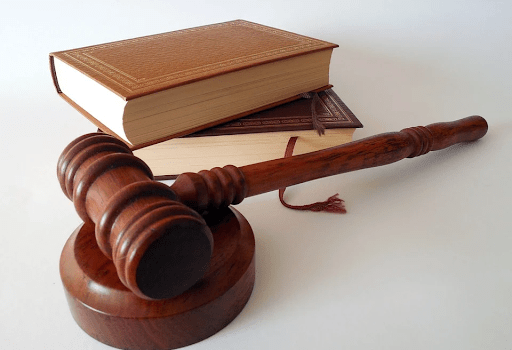Identifying a problem scope is the first step towards inventing a solution to a problem. Inventions can transform the world and make inventors very wealthy. So when an idea strikes, or your team brainstorms the next big thing, you should make sure your great idea stays your idea.
So how can you ensure you protect your idea? Continue reading!
Protecting Your Idea
Ideas come in many shapes and sizes and so do legal protections that protect those ideas. Ideas and inventions are a form of intellectual property, being a property of the mind. The area of law that protects inventions and “property of the mind” is known as intellectual property (IP) law.
Intellectual property covers the broad range of intangible property resulting from the intellectual efforts of individuals and organisations.
Different types of IP rights include:
- Copyright
- Patents
- Trade Marks
- Trade Secrets
Copyright
Copyright is the most prevalent type of intellectual property that exists given that copyright rights are created the moment an idea is uttered in a material form or written down. Copyright rights protect the expression of an idea, not the idea itself. However, copyright rights do not protect an author against independent creation. That means that two people can, by coincidence, create exactly the same work and neither will be able to take action against the other for copyright infringement for that work.
Copyright material can be transferred, sold, or licensed by the owner.
The owner or exclusive licensee can take legal action for infringement authorised copying of the copyrighted material. It protects the original way ideas are expressed, such as writing, drawing, painting, or photographing. It covers musical, literary, artistic, or dramatic works, broadcasts, films, multimedia, and sound recordings.
The material must be original and written down or recorded and also covers material recorded in an electronic format. It does not protect the names such as geographical names, family names, or promotional campaigns slogans. The length of copyright protection depends on when the material was created and also whether it has been published, however generally copyright protection for artistic, literary, musical, and dramatic works is the creator’s life, plus 70 years.
Patent
In Australia, patents are granted by IP Australia and provide a monopoly to the owner to exploit the invention (which is the subject of the patent) for the term of the patent.
The owner or exclusive licensee has the exclusive rights to exploit the patent, that is to sell, license others to make or utilise the invention. Once a patent expires the invention can be used or sold by anyone, so long as it is not protected by other rights.
To obtain a patent, an inventor needs to draft a patent specification which details the invention and includes the claims of the patent. The claims define the breadth and width of the patent and define the monopoly provided by the patent. The specification is then filed with the governing authority (say IP Australia or the US Patent and Trade Mark Office). The date of first filing of the patent defines the priority date of the claims. The priority date is used to assess novelty and inventiveness of the patent which is a requirement for the grant of a patent.
Eventually the patent should be examined and may require some amendment to overcome any similar inventions and to ensure that the invention is novel and inventive.
Patents require an ongoing payment of fees. In some countries this is a yearly fee but in others the fee is due every few years.
If your competitor somehow improves your patented invention, it may still infringe your patent and it may still require a license or purchase your original patent to exploit the improvement commercially.
Trade Marks
A trade mark is used to differentiate the goods or services of a person from those of others. They act as a badge of origin for goods and services. The purpose here is to cause people to think of a provider when they hear or see the trade mark. For instance, when people hear the term just do it, they think of Nike.
Trade marks are a use it or lose it regime and can be removed from the register for non-use. So long as the trade mark is used, it can be renewed every ten years.
Once you get your trade mark registered, you should use the symbol ‘®’ to notify others about the registered mark but the registered trade mark symbol should not be used before the trade mark is registered. If you are in doubt of your rights in respect of trade marks, consult a registered Trademark attorney in Australia who can provide advice under the Trade Marks Act.
Trade marks can be used to protect many things, not just words, logos or slogans. You can use trade marks to protect names, signatures, words, symbols, phrases, letters, numbers, sounds, shapes, smells, or a combination of these.
Trade mark law is not as simple as it appears. You should always consult qualified intellectual property lawyers prior to use or filing for a trade mark to ensure the trade mark is registrable, valid and you do not infringe another traders rights.
Final Word
Ideas can shape your business’ success and the future of your business. It is important that you protect your ideas and business intellectual property.

